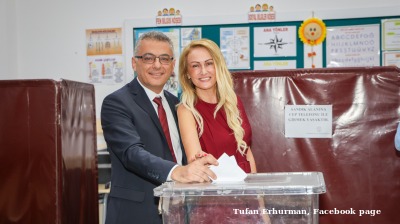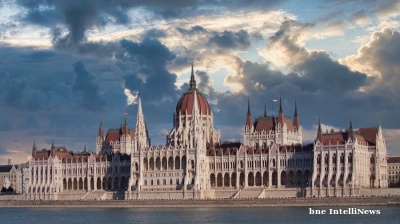After shaking up the government, Prime Minister Mikhail Mishustin is moving on to Russia’s development institutions. On November 23, Mishustin announced the long-awaited reform of Russia’s sprawling network of 40 development institutions. The basic idea is to eliminate inefficiencies by consolidating like organisations and ensuring that each institution works specifically towards achieving Russia’s national development goals.
The reform includes three components:
- An overarching development institution will be created within VEB.RF (formerly Vnesheconombank). Eight current organisations, including Rusnano, Skolkovo and the Russian Export Center, will be transferred to this institution.
- Twelve sectoral development institutions, classified as “specialised,” will remain untouched. These include Rostec (military-industrial), Rosatom (nuclear energy), Roskosmos (space), Avtodor (highways), Dom.RF (housing), and two regional development companies aimed at the North Caucasus and the Far East.
- Eight institutions will be abolished, and the remaining will be consolidated. For example, the Agency for the Development of Human Capital in the Far East and the Arctic and the Fund for the Development of the Far East and the Arctic will be liquidated. The Russian Venture Company, meanwhile, will be transferred to the Russian Direct Investment Fund. The functionalities of abolished institutions will be transferred either to VEB or to the government.
What should we make of these changes? There are three points worth noting. First, it’s overall positive for Russia to reduce its number of development institutions from 40 to a couple of dozen. Over the years, the government has adopted a bit of a “we have a problem; let’s make a development institution to fix it” approach, and it hasn’t necessarily worked.
Second, thus far the reform has ignored the important question of personnel – with one major exception. Rumours that Anatoly Chubais would be leaving Rusnano turned out to be true. And while it is still unclear where Chubais will land, his successor has been named. Heading Rusnano will be a close associate of Rostec’s Sergei Chemezov.
Third, the government reportedly did not consult with the development institutions during the reform process – another sign that Mishustin is asserting himself as PM.
Mishustin’s recent reforms suggest that he is returning to Russia’s socio-economic agenda after focusing his first year as PM on fighting coronavirus (COVID-19). Mishustin is known for overhauling inefficient bureaucracies from his time leading Russia’s tax service. Now he’s putting his stamp on the development sector.
-
This article originally appeared in FPRI's BMB Russia newsletter. Click here to learn more about BMB Russia and subscribe to the newsletter.
Opinion

Don’t be fooled, Northern Cyprus’ new president is no opponent of Erdogan, says academic
Turkey’s powers-that-be said to have anticipated that Tufan Erhurman will pose no major threat.

COMMENT: Hungary’s investment slump shows signs of bottoming, but EU tensions still cast a long shadow
Hungary’s economy has fallen behind its Central European peers in recent years, and the root of this underperformance lies in a sharp and protracted collapse in investment. But a possible change of government next year could change things.

IMF: Global economic outlook shows modest change amid policy shifts and complex forces
Dialing down uncertainty, reducing vulnerabilities, and investing in innovation can help deliver durable economic gains.

COMMENT: China’s new export controls are narrower than first appears
A closer inspection suggests that the scope of China’s new controls on rare earths is narrower than many had initially feared. But they still give officials plenty of leverage over global supply chains, according to Capital Economics.




